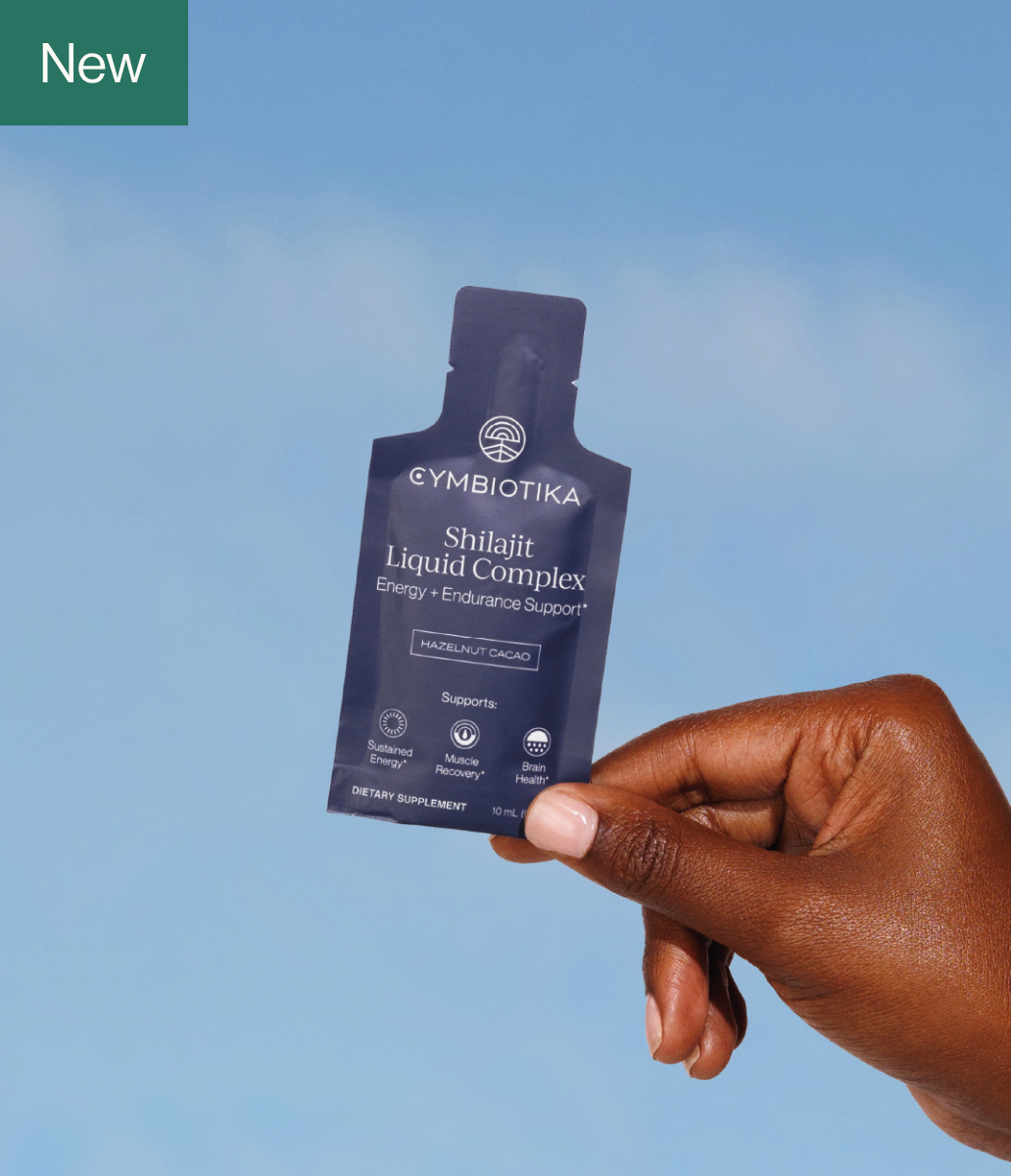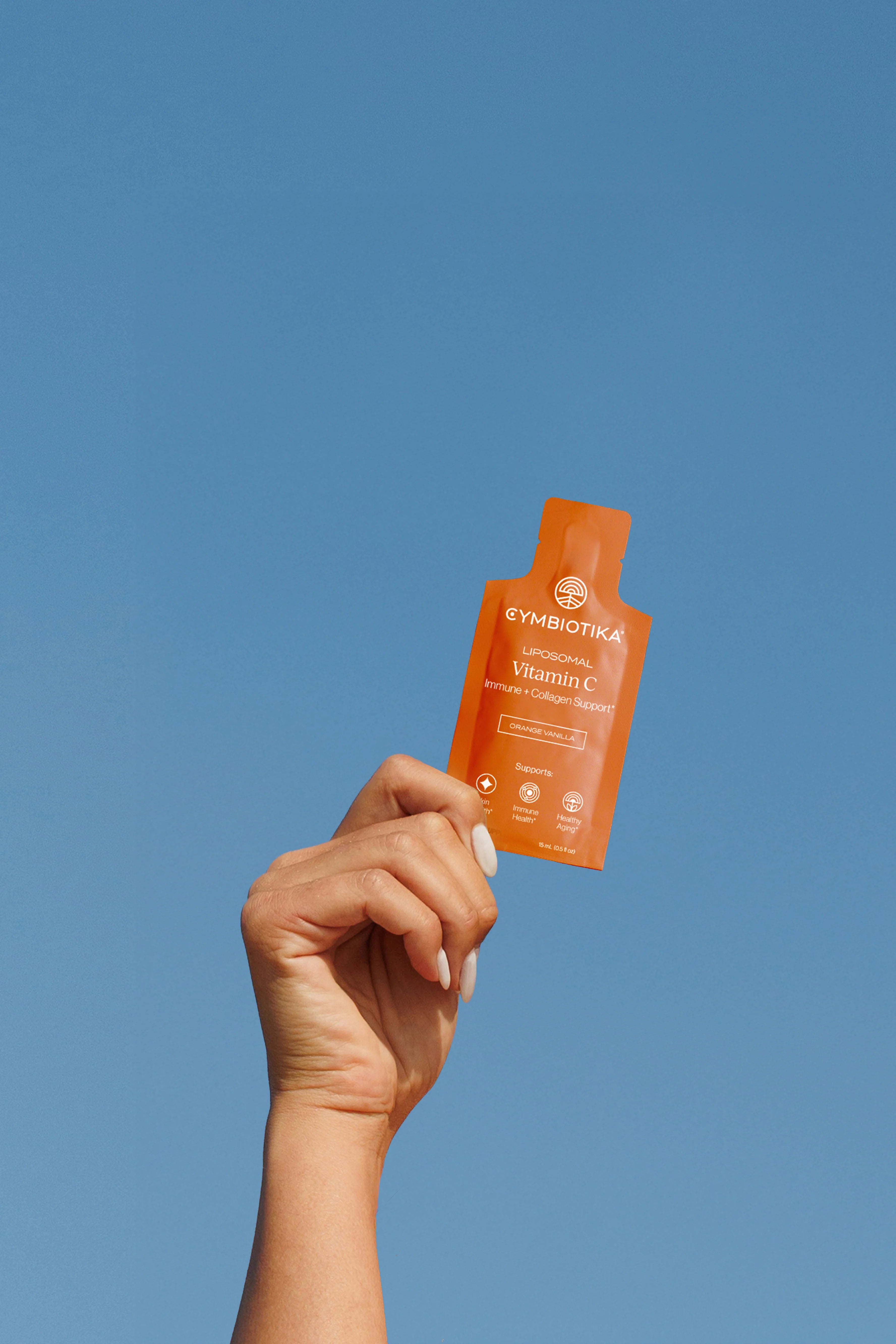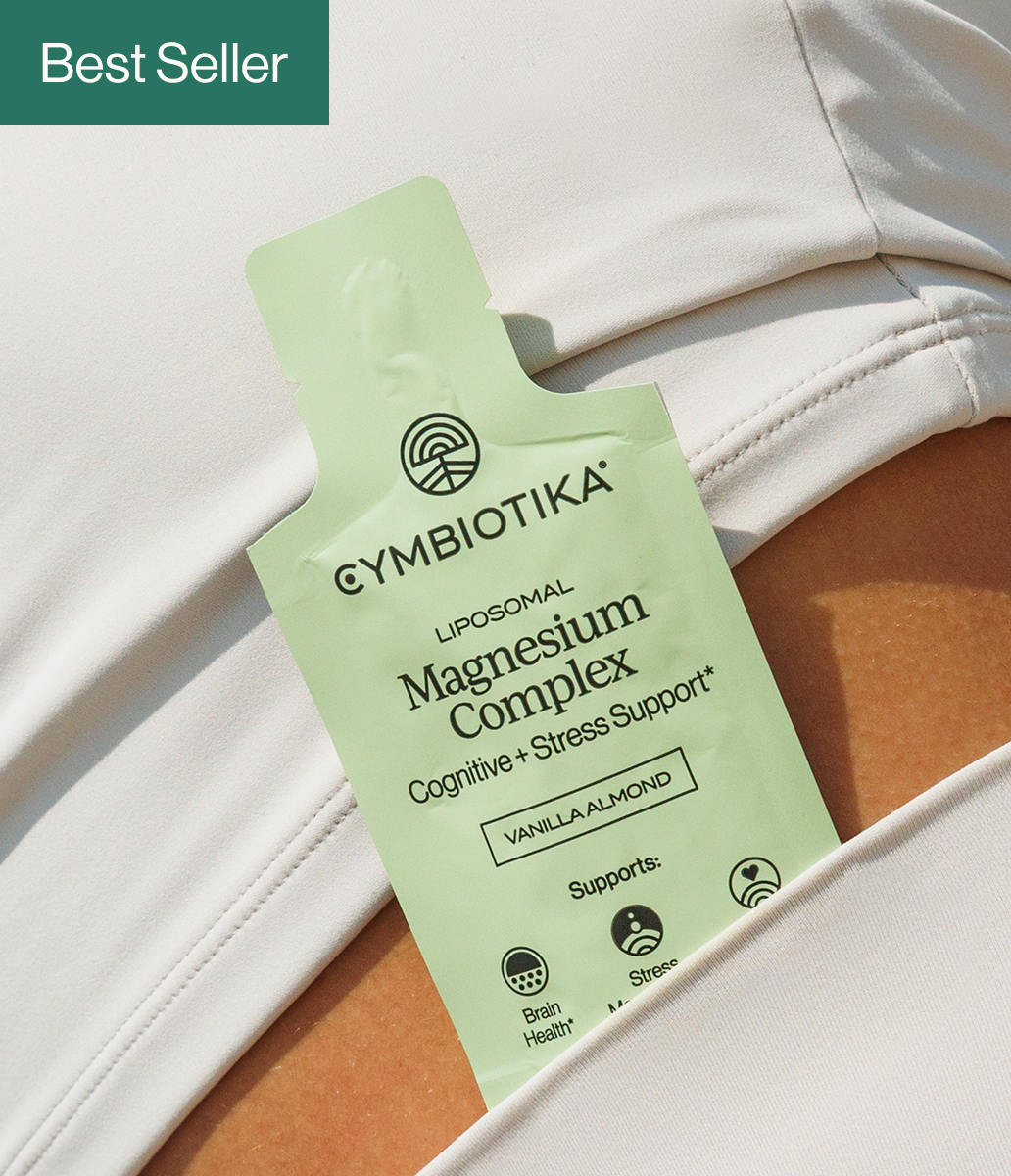Table of Contents
- Introduction
- Understanding Your Starting Point
- Creating a Balanced Fitness Routine
- Nutrition: Fueling Your Fitness Journey
- Staying Motivated
- Conclusion
- FAQ
Introduction
Did you know that only about 23% of adults in the United States meet the recommended guidelines for aerobic and muscle-strengthening activities? This statistic reveals a significant gap between the desire for fitness and the action taken. If you find yourself in this statistic, you’re not alone! Many people want to enhance their health and wellness but struggle to figure out where to start.
Embarking on a fitness journey is one of the most empowering decisions we can make for ourselves, but the vast amount of information available can be overwhelming. The good news is that establishing a fitness routine doesn’t have to be complicated or intimidating. Whether our goal is to improve our overall health, boost energy levels, or simply feel good in our bodies, we can start small and build from there.
In this blog post, we will guide you through the essential components of creating a fitness routine for beginners. You’ll learn how to assess your current fitness level, set realistic goals, and develop a balanced workout plan that incorporates various types of exercise. Additionally, we’ll share tips to help you stay motivated and make your new routine a sustainable part of your lifestyle. By the end of this post, you’ll be equipped with the knowledge and confidence to take charge of your fitness journey.
At Cymbiotika, we believe that wellness starts with trust and knowledge. Our commitment to transparency and quality extends to empowering our community with science-backed supplements that support overall health. To complement your fitness routine, we offer a range of products tailored to enhance your wellness journey. Remember to check out our AI quiz to discover the best supplements for your needs as you embark on this exciting new chapter.
Understanding Your Starting Point
Assessing Your Current Fitness Level
Before diving into a new fitness routine, it’s crucial to assess where we currently stand. Understanding our fitness level helps us create a routine that is both challenging and achievable. We can begin with a simple self-assessment that includes evaluating our cardiovascular fitness, muscular strength, flexibility, and body composition.
-
Cardiovascular Fitness: A straightforward way to evaluate our cardiovascular fitness is to perform a simple walking or jogging test. Time how long it takes to walk or jog a mile. This can give us a baseline to measure improvement over time.
-
Muscular Strength: Testing our strength can be done with bodyweight exercises. For instance, see how many push-ups or squats we can perform in a row. This assessment can help gauge our upper and lower body strength.
-
Flexibility: To assess flexibility, we can perform a simple sit-and-reach test. This involves sitting on the floor with legs extended and reaching toward our toes. Measuring how far we can reach will provide insight into our flexibility levels.
-
Body Composition: While we may not have access to professional tools for measuring body composition, we can use simple methods like taking circumference measurements of our waist, hips, and arms. Tracking these numbers can help us monitor changes over time.
Setting Realistic and Achievable Goals
Once we have a clearer picture of our starting point, the next step is goal-setting. Goals should be specific, measurable, attainable, relevant, and time-bound (SMART). Instead of vague goals like “I want to get fit,” we can set specific targets like “I want to exercise three times a week for 30 minutes over the next month.”
Additionally, we can break larger goals into smaller milestones. For example, if our ultimate goal is to run a 5K, we can start by aiming to walk 15 minutes a day, then gradually increase our walking time before transitioning to running intervals.
Creating a Balanced Fitness Routine
Types of Exercise to Include
A well-rounded fitness routine should incorporate various types of exercise to achieve overall fitness. This includes:
-
Aerobic Exercise: Also known as cardiovascular exercise, this type includes activities that get our heart rate up, such as walking, jogging, cycling, or swimming. Aim for at least 150 minutes of moderate aerobic activity each week.
-
Strength Training: Incorporating resistance exercises two or more days a week helps build muscle, improves metabolism, and supports joint health. We can start with bodyweight exercises like push-ups, squats, or lunges before adding weights.
-
Flexibility and Stretching: Including flexibility exercises is essential for maintaining a full range of motion and preventing injuries. Stretching after workouts or incorporating yoga into our routine can enhance flexibility.
-
Balance Exercises: Especially important as we age, balance exercises help prevent falls and improve stability. Simple activities like standing on one leg or incorporating tai chi can be beneficial.
Sample Beginner Fitness Routine
To help get us started, here’s a simple one-week fitness routine we can follow:
- Day 1: 30 minutes of brisk walking or light jogging
- Day 2: Strength training (bodyweight exercises: 2 sets of 10-15 reps of squats, push-ups, lunges)
- Day 3: 30 minutes of cycling or swimming
- Day 4: Rest day or light yoga/stretching
- Day 5: 30 minutes of interval training (alternate 1 minute of jogging with 2 minutes of walking)
- Day 6: Strength training (focus on different muscle groups with bodyweight exercises)
- Day 7: Rest day or gentle stretching
This routine can be adjusted based on individual preferences and fitness levels. The key is to keep moving and find activities we enjoy.
Nutrition: Fueling Your Fitness Journey
The Importance of Nutrition
While exercise is vital for our fitness journey, nutrition plays an equally crucial role. A balanced diet helps fuel our workouts and supports recovery. Incorporating whole foods—fruits, vegetables, lean proteins, whole grains, and healthy fats—ensures we get the nutrients needed to perform at our best.
-
Hydration: Staying hydrated is essential, particularly during workouts. Aim to drink plenty of water before, during, and after exercise to maintain optimal performance.
-
Pre-Workout Nutrition: Having a light snack before exercising—like a banana or a yogurt—can provide the necessary energy without feeling heavy.
-
Post-Workout Nutrition: After exercising, eating a meal rich in protein and carbohydrates helps with recovery. This could include grilled chicken with quinoa and vegetables or a smoothie with protein powder.
For those looking to elevate their nutrition even further, our Fitness Collection offers a range of supplements designed to complement an active lifestyle. From protein powders to essential vitamins, we’ve got you covered.
Staying Motivated
Tips for Maintaining Your Fitness Routine
Staying motivated can be one of the biggest challenges when starting a fitness routine. Here are some strategies to help keep us on track:
-
Find a Workout Buddy: Exercising with a friend can make workouts more enjoyable and provide accountability.
-
Track Our Progress: Keeping a workout journal or using fitness apps to log workouts can help us see our progress over time and stay motivated.
-
Mix It Up: Incorporating new activities or changing workout routines can prevent boredom and keep us engaged.
-
Reward Yourself: Setting up a reward system for achieving milestones can be a great way to celebrate progress. This doesn’t have to be food-related; it could be treating ourselves to new workout gear or a fun outing.
-
Listen to Our Bodies: It’s essential to pay attention to how we feel. If we’re feeling fatigued or sore, allowing ourselves to rest can prevent burnout and injuries.
Conclusion
Starting a fitness routine for beginners is a journey filled with opportunities for growth and self-discovery. By understanding our starting point, setting realistic goals, and creating a balanced routine that includes various types of exercises, we can develop a sustainable and enjoyable fitness journey.
As we embark on this path, let’s not forget the importance of nutrition and hydration in supporting our fitness goals. Together, we can cultivate healthy habits that empower us to take control of our well-being.
If you’re ready to take the next step, we encourage you to explore our AI quiz to discover the best supplements to complement your routine. And don’t forget to check out our Fitness Collection for quality, science-backed products designed to support your wellness journey.
FAQ
1. How often should beginners exercise? Beginners should aim for at least 150 minutes of moderate aerobic activity per week, which can be broken down into sessions of 30 minutes, five days a week. Additionally, incorporating strength training two or more days a week is recommended.
2. What if I don’t have access to a gym? No problem! There are countless bodyweight exercises we can do at home or outdoors. Activities like walking, running, or cycling can be done without any special equipment.
3. How can I stay motivated when starting a new routine? Finding a workout buddy, tracking progress, mixing up activities, and rewarding ourselves for achieving goals can help maintain motivation.
4. Should I consult my doctor before starting a new fitness routine? It’s always a good idea to consult a healthcare provider before starting any new exercise program, especially if we have underlying health conditions.
5. What role does nutrition play in my fitness routine? Proper nutrition provides the energy needed for workouts and aids recovery. A balanced diet rich in whole foods will help optimize performance and overall health.
*These statements have not been evaluated by the Food and Drug Administration. This product is not intended to diagnose, treat, cure, or prevent any disease.






















